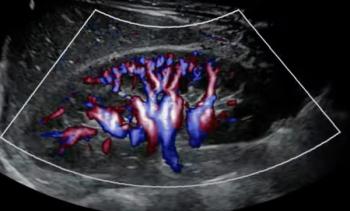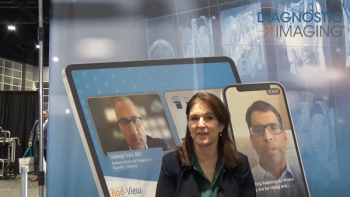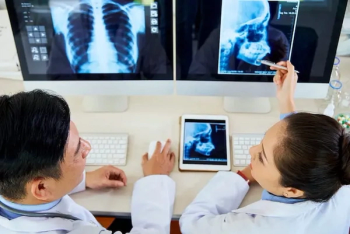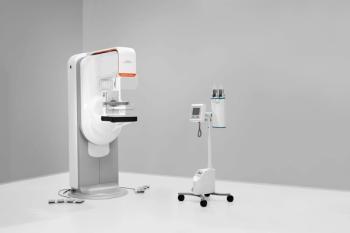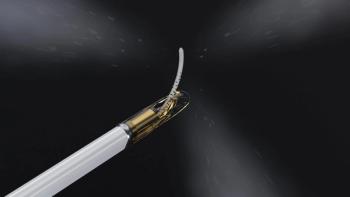
Lung-RADS Expects to Save
Lung-RADS limits false readings and saves money in lung cancer screening, according to a study at ACR 2016.
Use of Lung-RADS will decrease Medicare costs over the next three years without affecting accuracy, according to a
Researchers from the Fred Hutchinson Cancer Research Center and the University of Washington in Seattle sought to evaluate the potential impacts of using a standardized low-dose CT (LDCT) lung cancer screening reporting and management system, the Lung Imaging Reporting and Data System, or Lung-RADS, compared with the use of a less structured system, from the National Lung Screening Trial (NLST). The study group involved patients aged 55 to 57, with a 30-pack-per-year or higher smoking history.
The researchers developed a simulation model to estimate the three-year incremental outcomes of screening using Lung-RADS compared with screening using the NLST protocol.
Projected outcomes were made for a Medicare population with 51.7 million members per year. The LDCT screening test characteristics were derived from the NLST. Costs that were included were:
• LDCT screening
• Follow-up imaging
• Confirmatory bronchoscopy/biopsy
• Stage-specific treatment
The outcomes were calculated assuming 100% adherence to Medicare screening criteria and nodule management protocols in the base case.
The results showed that an LDCT program in this patient group, over a three-year period, would be expected to see 1.3 million fewer false-positive screening results, 27,000 fewer invasive follow-up procedures, and decreased overall expenditure of $2.07 per-member per-year, for a total of $316 million.
The researchers concluded that their findings demonstrate that Lung-RADS can have important economic impacts in addition to reducing physical and psychological harms related to false-positive screening results.
Newsletter
Stay at the forefront of radiology with the Diagnostic Imaging newsletter, delivering the latest news, clinical insights, and imaging advancements for today’s radiologists.

